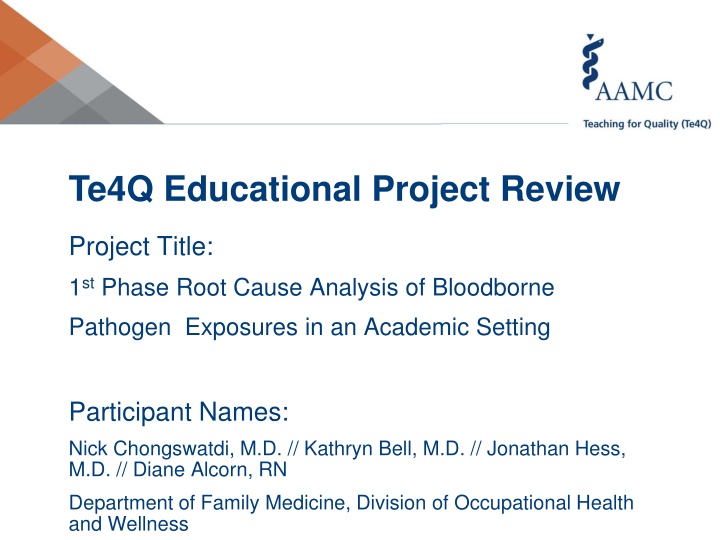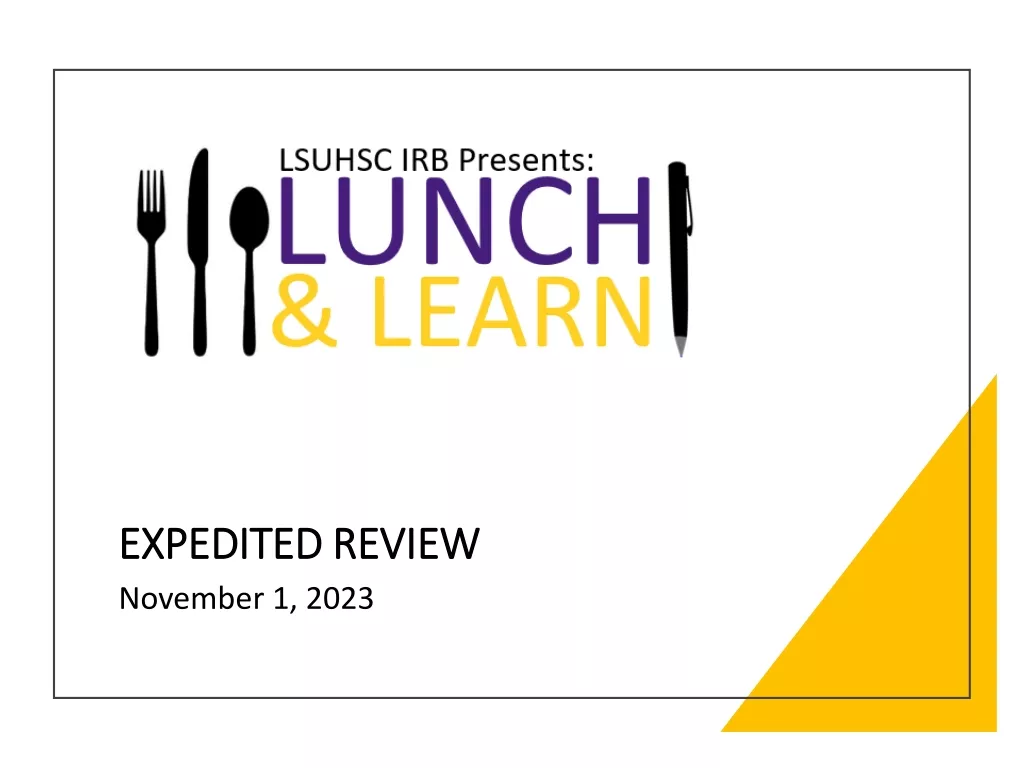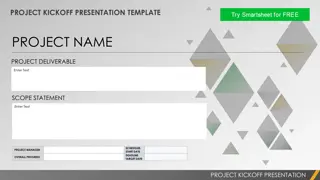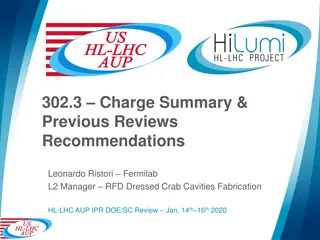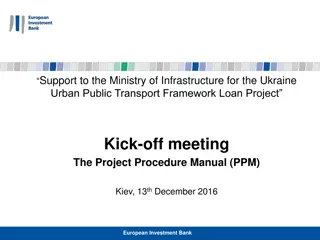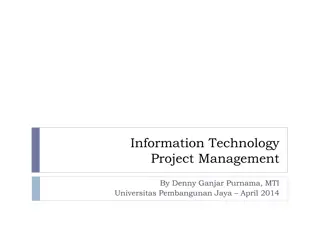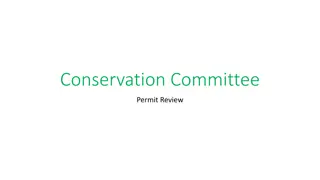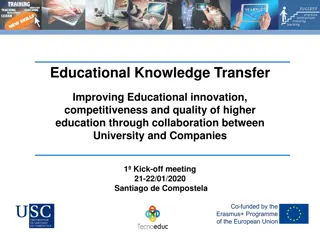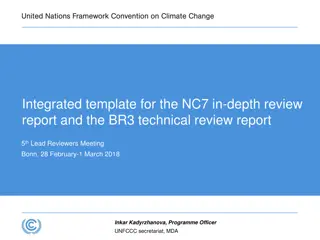Te4Q Educational Project Review
Project aims to improve compliance in reporting needlestick incidents among healthcare workers. Data collection, barriers assessment, and educational strategies will be implemented to enhance awareness and prevention of bloodborne pathogen exposures in the academic environment.
Download Presentation

Please find below an Image/Link to download the presentation.
The content on the website is provided AS IS for your information and personal use only. It may not be sold, licensed, or shared on other websites without obtaining consent from the author.If you encounter any issues during the download, it is possible that the publisher has removed the file from their server.
You are allowed to download the files provided on this website for personal or commercial use, subject to the condition that they are used lawfully. All files are the property of their respective owners.
The content on the website is provided AS IS for your information and personal use only. It may not be sold, licensed, or shared on other websites without obtaining consent from the author.
E N D
Presentation Transcript
Te4Q Educational Project Review Project Title: 1st Phase Root Cause Analysis of Bloodborne Pathogen Exposures in an Academic Setting Participant Names: Nick Chongswatdi, M.D. // Kathryn Bell, M.D. // Jonathan Hess, M.D. // Diane Alcorn, RN Department of Family Medicine, Division of Occupational Health and Wellness
Goal/Aim According to the CDC, approximately 50% of healthcare workers do not complete follow up for their blood borne pathogen exposures. Healthcare workers underreport exposure incidents. Our primary goal is to improve compliance of needlestick reporting and follow up visits and to determine infectious rate with or without post - exposure prophylaxis (PEP).
Goal/Aim Our secondary goal is to increase need and awareness of bloodborne pathogen post- exposure follow-up care services offered by Marshall Occupational Health and Wellness for faculty and staff.
Learning Objectives To gather data on Marshall Health employees who are evaluated for a blood/body fluid exposure to determine barriers to compliance by using a confidential, self administered survey with the following questions: Gender Age Range Location of the incident Task performing when exposure occurred. Device being used Protective equipment or clothing that was used at the time of exposure incident Employee s training
Learning Objectives Secondly, the survey will look at Fears or apprehensions that kept employees/faculty from reporting exposures: Did you know what to do when exposure occurred/who to contact? Can you identify any barriers that kept you/would have kept you from reporting your exposure?
Educational Design and Strategies An educational campaign will be implemented to increase awareness of services offered by Marshall occupational Health & Wellness. A Safety Sub-Committee will be formed to focus on preventing bloodborne pathogen exposures. Committee will be comprised of Marshall Health management, Nurse Managers, Resident & Attending Physicians, and Housekeeping Management to define problems and develop strategies to prevent further exposures A review of sharps injury prevention devices to determine if new products would provide more safety to employees Educational awareness campaign will be launched on the proper use and disposal of equipment, protocols for reporting/follow-up. 1) 2) 3) 4)
Learner Assessment Number of BBPE reported Number of fears or apprehensions reported that kept employees/faculty from reporting exposures
Program Evaluation Number of bbpe reported Number of post-exposure follow-ups
Implementation How many learners will participate? All clinical staff will be passive Estimated Implementation Time? 5 months Confidence regarding completing project Very Anticipated barriers to reporting: Inadequate training, resources support and accessibility, ignorance or apathy to learn, perception of low risk, anxiety and fear, too time consuming, did not want to stop work at hand, felt post- exposure prophylactic was not beneficial.
Implementation Educational course 30 minute sessions Provided by specialists? Information on types of bloodborne pathogens transmitted by needle sticks, sharps injuries or mucus membrane exposures Education on prevention Employee s personal experiences with BBPEs Skills for managing injuries The necessity of reporting injuries to occupational health
Additional Activities Are there other educational activities aside from this project that you will implement? Design a better system to supervise health care workers and a more powerful communication between training system and health employees, after assessing the relevant modifications
